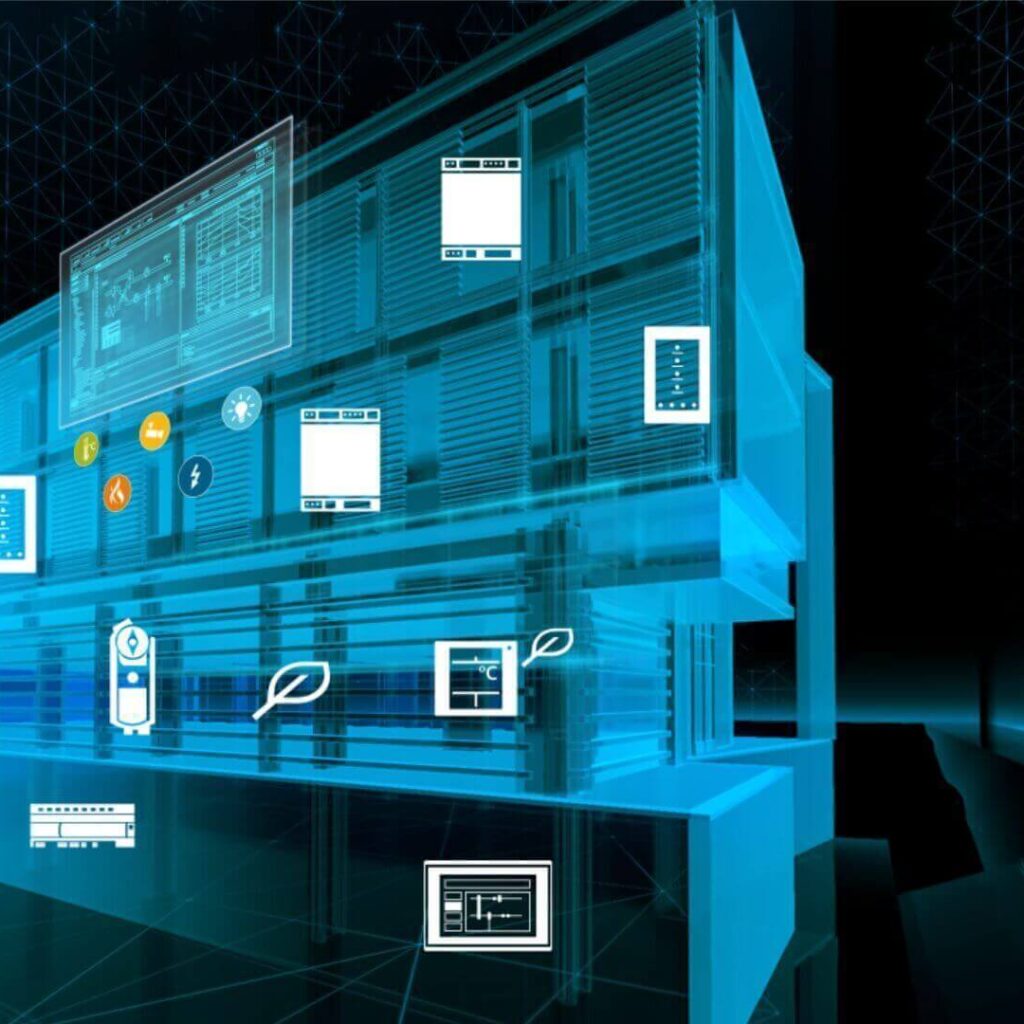Control & Instrumentation

Building Design Services:
Building Management System (BMS) design services for buildings and the objective of the BMS is to control and monitor the building engineering systems and services and to provide feedback. The BMS analyses the data to enable optimum use of the engineering facilities, with a minimum of human intervention whilst utilizing minimal and optimal energy usage.
The control and instrumentation design package would normally include block diagrams, architecture diagram, riser diagrams, cable layout details, data sheets and specifications with reference to international standards ISA, ISO, ANSI/ASME, NEC and IEC.
Significant Techniques: A Direct Digital Control (DDC) based Building Management System shall be provided for each building to control and monitor the following in the central BMS control room:
- Air conditioning equipment and untreated treated fresh air system
- Plumbing systems.
- LV electrical supplies and switchgear
- Fire alarm systems (Life Safety)
- Access control systems
- Monitoring of elevators and faults/alarms
- Monitoring of fire suppression systems
- Integration of local control to central control
- All other systems required for a fully integrated controls system
Software: The computational software routinely employed in the design of the instrumentation and control systems for buildings is Micro Station V8i (SELECT Series 3) and Autodesk Revit 2018.
Infrastructure Site Development Services:
Design services for the control of pump stations for potable water, irrigation water, sanitary wastewater lifting station controls and irrigation controllers, remote terminal units (RTU), analyzers, pressure transmitters, pressure gauges, level transmitters, flow meters, solenoid operated valves and interfacing with central SCADA system through radio/ fiber optic signals/ cables respectively.
The control and instrumentation design package would usually include the development of Piping and Instrumentation Diagrams (P&ID), block diagrams, loop diagrams, interconnection diagrams, cable layouts, input/ output lists, data sheets and specifications with reference to international standards ISA, ISO, ANSI/ASME, NEC, IEC.
Significant Techniques: Potable/ Irrigation Water Pumping Station: The RTU/PLC would normally be designed for the monitoring and automatic operation of the potable/ irrigation water pumping station. The proposed RTU shall be interfaced to the central control room SCADA system through the fiber optic network and radio signals as a backup communication.
Irrigation Control Network: Field mounted type irrigation controllers shall normally be designed for the operation of the solenoid valves installed in the irrigation network. These irrigation controllers shall be interfaced with the central SCADA system through radio signals. The open close operation of the solenoid valves is based on the timer configured in the irrigation controller.
Sanitary Wastewater Lifting Station: The rack mounted RTU will usually be designed for the monitoring and operation of the proposed sanitary water lift stations. This RTU shall be interfaced with control room SCADA system through a fiber optic network.
Computer software: The computational software routinely employed in the instrumentation and control systems design for the infrastructure site development services is Autodesk AutoCAD 2018.
